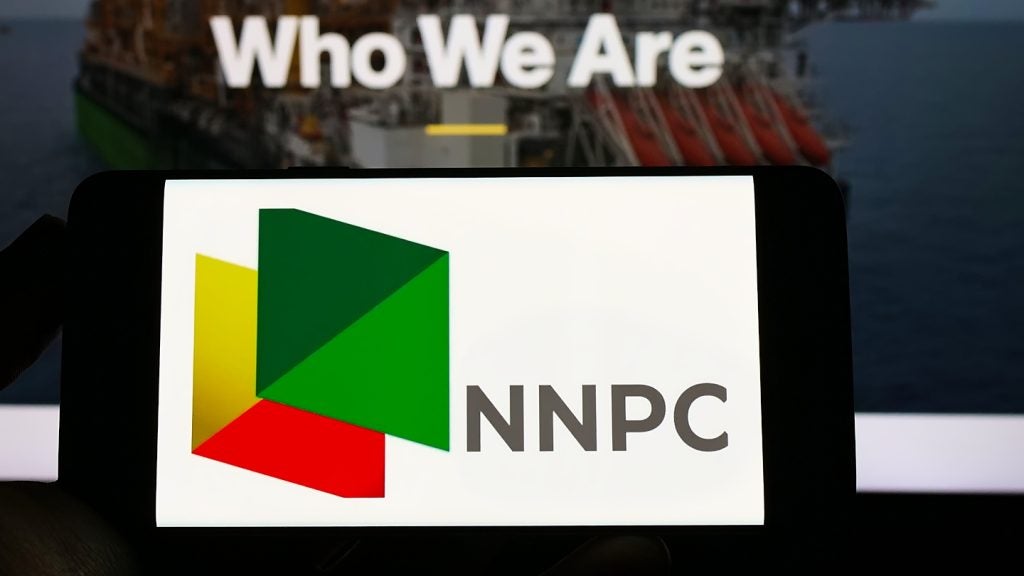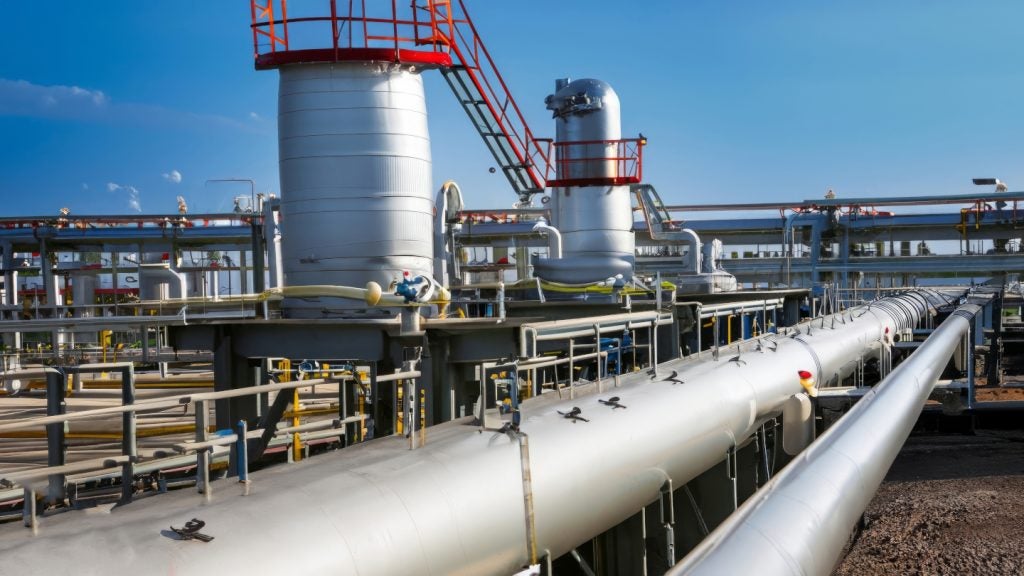

Is the presence of nonylphenol in the wastewater that is released back into the ocean off the coast of California subjecting multiple species of fish to a process of forced genetic mutation that turns males into egg-bearing intersex fish? Are volatile organic compounds such as benzene dispersed during operations and breezing three miles inland, contributing to the state’s continually declining air quality? Could the injection of millions of gallons of water under the ocean floor lead to increased seismic activity in any of the many recently active faults nearby?
These are just a few of the many serious consequences raised by The Centre for Biological Diversity (CBD) in its research report Troubled Waters which it believes may be occurring as a result of hydraulic fracturing activities being conducted offshore in order to extract oil and gas resources. In other domains, to raise such concerns without solid facts and evidence to support them would rightfully give rise to accusations of scaremongering and misinformation. But not so in this context, as one of the few concrete passages of conclusion in the report illustrates: "overall, far too little is known".
That clipped quote is offered in relation to the mystery of what chemicals are being pumped into the ocean from operations but it could be equally applied in each of the four sections of the report; toxic discharges; wildlife threats; hazardous air pollution; and earthquake risk. That is not to say that within the walls of government there are not documents and figures on which to offer comfort and counter such claims, merely that there is little to none in the public domain, as yet.
Government compelled to come clean about offshore fracking activity
Fortunately, thanks to legal action brought by the CBD against federal government agencies the Bureau of Ocean Energy Management and the Bureau of Safety and Environmental Enforcement, that is set to change. In a US District Court ruling handed down on 2 June 2015, both bodies have been compelled to hand over permits, reports, emails and other documents associated to its process for approving offshore wells for hydraulic fracturing to the CBD. Currently being compiled and set to be handed over in a number of months, the decision will offer the environmental campaign group the opportunity to provide the public with greater clarity over the prevalence of offshore fracking.
"Offshore fracking has been shrouded in secrecy but this settlement will finally force the government to tell us where oil companies are using this toxic technique," said Kristen Monsell, an attorney for the Center who worked on the case. "Fracking pollution is a huge threat [to] marine animals, and the high pressures used to frack offshore wells increase the risk of another devastating oil spill. This inherently dangerous activity just doesn’t belong in the Gulf of Mexico."
How well do you really know your competitors?
Access the most comprehensive Company Profiles on the market, powered by GlobalData. Save hours of research. Gain competitive edge.

Thank you!
Your download email will arrive shortly
Not ready to buy yet? Download a free sample
We are confident about the unique quality of our Company Profiles. However, we want you to make the most beneficial decision for your business, so we offer a free sample that you can download by submitting the below form
By GlobalDataFracking has become a hugely controversial operation onshore, but at sea it has been in use for 20 years with little argument.
The ruling constitutes a significant step forward in the Center’s long running campaign against offshore fracking being carried out in the Gulf of Mexico but with such basic information as who, where and how much it is being carried still largely unknown, much of the legwork is yet to come. So, with the information still being compiled before being handed over, what is the campaign seeking to achieve?
While the CBD has been clear in its assertion that offshore fracking "has no place" in California, a principle criticism is that there is "little or no oversight" beyond that which covers offshore exploration in general. It has been found that more than 200 wells near Hunting Beach, Long Beach, Seal Beach and the Santa Barbara Channel have been fracked without public disclosure or consultation.
It argues that a mix of specific risks under four broad categories are posed by it being carried out and must be assessed and regulated.
From chemicals to quakes, risks of activities must be addressed
Its first angle of attack is that the dumping of wastewater, fluid that is laced with chemicals and pumped through the rock formations at high pressure to cause fractures and release gas, threatens sea life including whales, sea otters and sea turtles. With the government allowing up to 9 billion gallons of wastewater to be dumped back into the sea each year, it suggests that toxic materials such as arsenic and lead could be poisoning the water quality.
The second issue that it is calling for regulation and disclosure of is the specific chemicals that are used in the process. Having analysed the chemicals used in 19 fracking events between 2011 and 2013, it has identified 10 routinely used chemicals that "could kill or harm" marine species. Included among the chemicals are Boron compounds that pose a risk to reproduction and growth, crystalline silica quartz that pose a particular threat to benthic organisms.
It also found that a number of the chemicals can be broken down into nonylphenol that has been proven to cause genetic mutations that create intersex fish. In a recent submission, the California Council on Science and Technology stated that "an evaluation of eco-toxicological effects, including the potential impacts of these chemicals on aquatic organisms is needed."
Offshore activity can still impact onshore
While operations are carried out offshore, it warns that they pose a threat onshore with air pollution risks to the nearby communities. The CBD suggests that with the vast majority of known offshore fracking incidents occur within 3 miles of residential areas but given that there is evidence of fracking operations emitting benzene as far as 10 miles away there are "troubling questions" over whether the activities are damaging air quality.
The final threat it warns of is that with more than 750 wastewater injection wells located within 10 miles of active faults, the practice of offshore fracking may carry the same risks of increasing seismic activity as has been proven when carried out onshore. It states: "Even when fracking directly generates only small earthquakes, it could contribute to increased stress in faults that leaves those faults more susceptible to otherwise naturally triggered earthquakes of a greater magnitude."
Offshore fracking seems to hold obvious appeal, but is it technically even possible?
Taken together, the CBD argues that these issues pose ‘inherently dangerous’ and ‘unacceptable risks’ to California’s marine wildlife and coastal communities. While there is documented and proven evidence of their prevalence onshore, the CBD’s ability to identify the scale of the issue offshore and how well regulated it is, has been restricted by the lack of transparency from the government.
With its issues of concern clearly laid out in its report and numerous releases related to its campaign against offshore fracking, the CBD will be able to take the documents and details it receives from the government agencies and assess just how strongly the regulation accounts for each and every issue. With a clearer picture of just how much offshore fracking activity is occurring, it will be able to carry out more reliable tests and assessments of the impact it is having on the coastal environment and provide a more robust opposition to its continuance.
If the government has a strong framework in place, the release of the documents may well work in its favour and show that the threats have been accounted for, but if, as its strong reluctance to disclose such information would suggest, it has treated it without due control and regulation, then it may well face a battle to keep it going.







